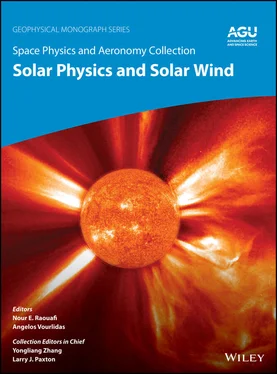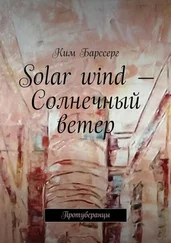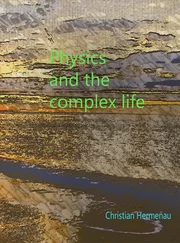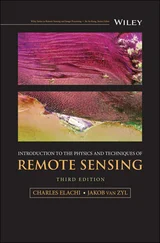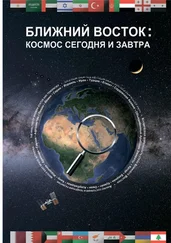1.2. OBSERVATIONS OF THE NASCENT SOLAR WIND
1.2.1. Remote‐Sensing Observations of Coronal Heating and the Solar Wind
We begin our story on the solar wind with its formation in the solar corona; we first present remote‐sensing observations that have provided important information on the conditions in which the winds are produced.
It is hard to observe the coronal source regions of the fast and slow solar winds in white‐light images obtained routinely by coronagraphs. This is because the fast solar wind originates in very tenuous coronal holes, whereas the slow solar wind emerges from the vicinity of dense streamer loops that completely dominate coronal brightness. In contrast, spectroscopic observations provide more detailed information about the temperatures, flow velocities, and wave properties during the formation of the winds near their sources.
The Solar and Heliospheric Observatory ( SoHO ; Domingo et al., 1995) revolutionized how we observe the corona and the nascent solar wind. In particular, the Ultraviolet Coronagraph Spectrometer (UVCS/SoHO; Kohl et al., 1995) revealed that heavy ions such as O 5+and Mg 9+are heated hundreds of times more strongly than protons and electrons, and have very anisotropic kinetic temperatures (Antonucci et al., 2000; Kohl et al., 1997, 1998), meaning that temperatures measured in the direction perpendicular to the magnetic field are often much larger than those parallel to the field (see Chapter 2). A comparison between different ion and electron temperatures derived from coronal observations and solar wind measurements are shown in Figure 1.1. The measured temperatures provide support to coronal heating mechanisms involving collisionless wave–particle resonances with frequencies of 10 Hz to 10 kHz. These waves could be damped to heat preferentially heavy ions (Cranmer et al., 1999; Tu & Marsch, 1997). It is not clear yet how such hypothetical waves can be generated from lower‐frequency Alfvén waves typically emitted at minute periods. Some proposed mechanisms involve the turbulent cascade of magneto‐plasma fluctuations from low to high frequencies (Hollweg, 2002). Then kinetic processes must occur to damp the small‐scale fluctuations that have spectrally cascaded to oblique wavevectors. Proposed mechanisms include ion‐cyclotron and Landau damping (Leamon et al., 1998). Nonlinear processes such as beam instabilities or mode conversion and damping have also been proposed.
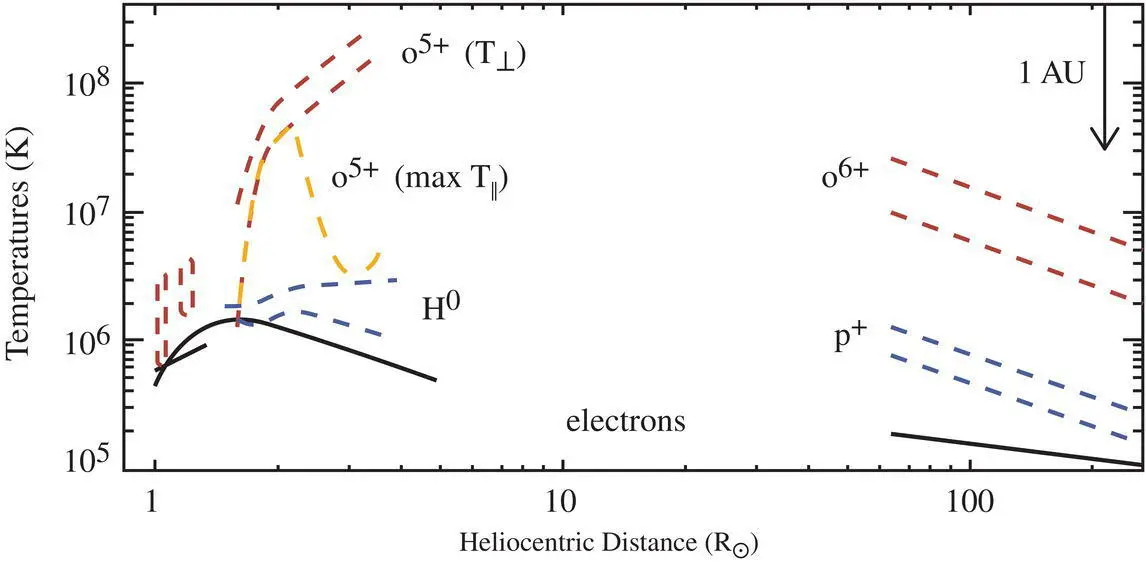
Figure 1.1 Radial evolution of solar wind temperatures from the corona to 1 AU. Indirect estimates of coronal temperatures are derived for three species (electrons, oxygen, and hydrogen) from an “empirical coronal model” that exploits SUMER (1–1.2R ⊙) and UVCS (1.5–4R ⊙) line widths compared with direct in situ measurements at distances greater than 60R ⊙) in the high‐speed wind (Cranmer et al., 1999). The in situ data were assembled from Helios , IMP , Ulysses , and Voyager particle data, and double sets of curves denote rough lower and upper bounds on representative fast‐wind values. The upper and lower limits correspond to extreme values of an assumed non‐thermal component to the line broadening that is attributed to unresolved MHD wave motions along the line of sight. Temperatures of electrons (solid black), hydrogen (dotted), and oxygen (dashed) are shown. Oxygen ions correspond to O5+ in the corona but O6+ in the far solar wind, and coronal temperatures of neutral hydrogen are here compared with proton temperatures in the solar wind. Figure taken with permission from (Cranmer et al., 1999).
Emission lines, and more specifically the dimming of certain lines measured via coronal spectroscopy, have been used to infer the outflow speed and density of the forming fast solar wind. This effect is most important for spectral lines in the UV range that have a significant component due to ion excitation via resonant scattering of chromospheric emission (followed by spontaneous emission). For some lines, such as O VI doublet 103.2 nm and 103.8 nm lines, and of the HI Lyman‐ α 121.6 nm and Lyman‐ β 102.5 nm lines, the collisional and radiative components can be separated (Marocchi et al., 2001). This separation can be used to investigate the dimming of the radiative component, which is due to the radial expansion of the emitting coronal atoms. This Doppler shifts the (narrow) exciting chromospheric profile with respect to the (broad) atomic absorption profile. As a result, the UV intensity of the resonantly scattered component of the line emission decreases with increasing outflow velocities (Hyder & Lites, 1970; Noci et al., 1987; Withbroe et al., 1982). These observations applied to the O VI doublet lines have shown that the fast solar wind becomes supersonic much closer to the Sun than the slow solar wind. The fast O 5+ions reach speeds in excess of 600 km/s within 4 solar radii from the solar surface (Antonucci et al., 2000). Identical techniques were also used to study flows in the vicinity of streamers, adjacent but not above the helmet, and found that the slow solar wind accelerates more slowly, with its outflow speed remaining below 200 km/s at least until 4 solar radii (Abbo et al., 2010; Strachan et al., 2000). Figure 1.2presents a summary of these results.
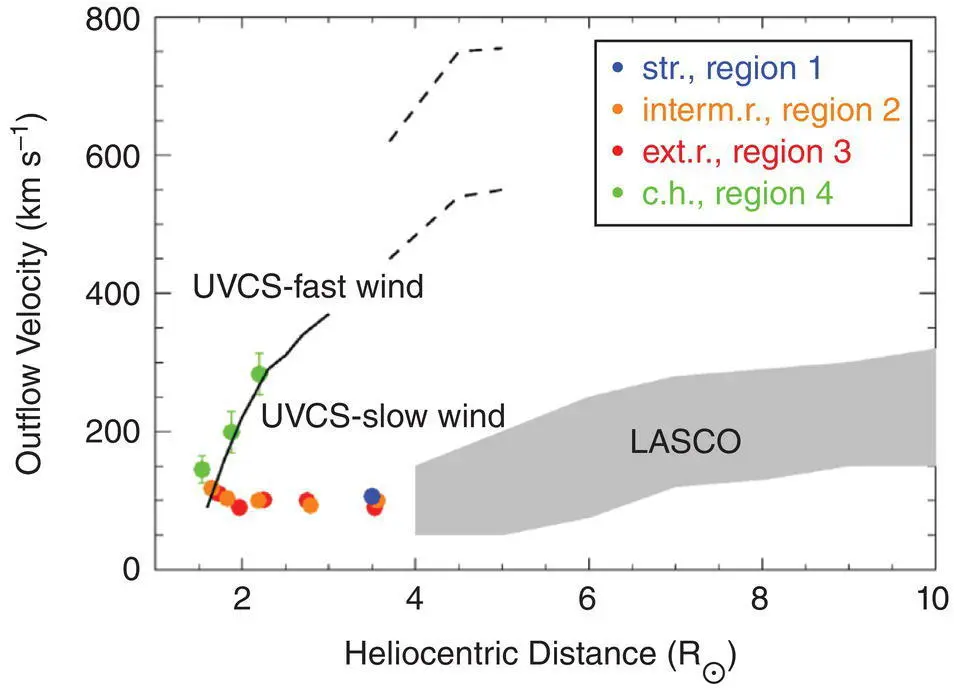
Figure 1.2 Outflow velocity (km/s) of the solar wind for the considered four regions as a function of the heliocentric distance (in solar radii). The gray band from 4 to 10 R ⊙shows the range of outflow velocities for the slow wind obtained with LASCO (Sheeley et al., 1997). The solid curve up to 3 R ⊙represents the values of the fast wind obtained from the UVCS data (Antonucci et al., 2000), and the dashed curves show the results by Telloni et al. (2007) of the fast wind velocity. The error bars (small in many cases) have been estimated based on the propagation of the statistical uncertainties of the observed OVI 1032 and 1037 line intensities.
( Source : Reproduced from Abbo et al., 2010. © 2010, Elsevier.)
A similar analysis of the Doppler dimming technique has been applied to the Lyman‐ α (121.6 nm) emission of neutral hydrogen. The latter moves outward in response to rapid charge‐exchange coupling with the heated protons that eventually form the bulk of the solar wind. Neutral hydrogen therefore acts as a proxy for protons at heights up to 2.5 solar radii in coronal holes, and higher heights in more dense structures. In some coronal structures, He +can act as a proxy for alpha particles, which are also an important component of the solar corona. The UVCS/SoHO instrument has provided H I Lyman‐ α spectral line data over 18 years. This makes it possible to study proton outflow speeds throughout the solar cycle, focusing on the coronal region sampled by the spectrometer field of view, such as coronal streamers (Susino et al., 2008; Zangrilli & Poletto, 2016) and coronal holes (Antonucci et al., 2000; Strachan et al., 1993; Teriaca et al., 2003).
In a recent analysis (Bemporad, 2017), UVCS daily Lyman‐ α synoptic data were combined to provide the first 2D images of coronal Lyman‐ α emission, representative of future data that will be acquired by the Metis coronagraph onboard Solar Orbiter (Antonucci et al., 2017). These have been directly combined with classical 2D coronagraphic images acquired in white light with LASCO to derive 2D maps of HI outflow speeds, with a technique originally described by Withbroe et al. (1982) that neglects line‐of‐sight integration effects. As pointed out by Bemporad (2017), because both the radiative component of Lyman‐ α emission and the white‐light polarized emission depend on the electron density distribution integrated along the line of sight, this latter quantity can be simplified by directly taking the ratio between the two UV and white‐light intensities.
Читать дальше
